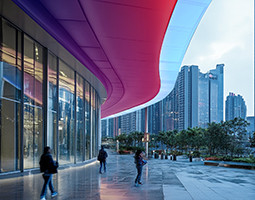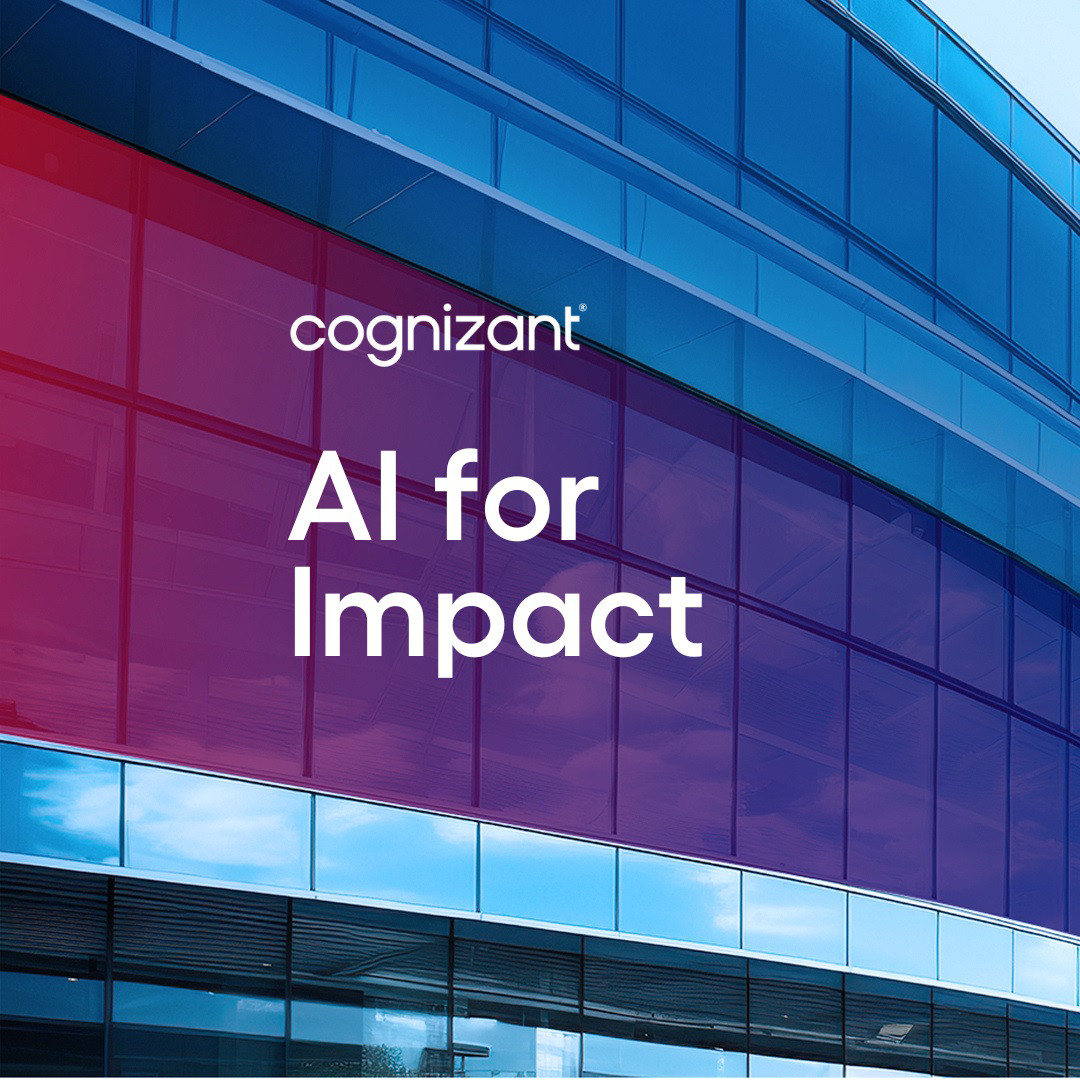What is experience architecture?
Experience architecture (EA)—also called user experience architecture—maps the process of creating an online user experience (UX) for customers, employees, partners and other visitors. It typically combines information architecture (IA), interaction design and experience design (XD) to depict how users will navigate an online narrative.
What are the business benefits of experience architecture?
EA can deliver multiple benefits to an organization, functioning as:
- A comprehensive UX roadmap. EA provides a holistic, top-down view of the user journey, highlighting systems and/or structures that users will interact with as they navigate through a company’s capabilities, products and services.
- An engagement device. A successful EA—one that logically and intuitively maps a series of engaging UX interactions step by step—can delight users and burnish the brand.
- An inclusive design tool. EA is a branch of inclusive/universal design that creates user interfaces accessible to audiences who are aged, disabled and/or impaired.
Why does an organization need an experience architecture?
Achieving a sustainable competitive advantage with IoT requires overcoming many of the unexpected complexities and challenges. Business decision-makers must think beyond their current definitions of products and services to imagine how the data those solutions generate can drive revenue, profits and market share. Their IT counterparts must integrate, secure and manage torrents of data from new classes of devices, and learn the tools to analyze that data and deliver the resulting insights in near-real time. They must also learn how to manage, secure and scale these new technologies.
Given this level of change, it’s only natural that organizations let their most forward-thinking business units start slowly with proofs of concept (PoC) that test the potential and limits of IoT. But taken too far, such limiting thinking almost guarantees failure. Rushing to be first to market, the business unit may lock itself into one vendor’s technology or create an entirely custom solution—either of which make it difficult and expensive to maintain or enhance over time.
By focusing on solving one narrow problem, the business unit often fails to build in capabilities required for long-term enterprise use, such as security, scalability and the sharing of data with other enterprise systems.
The last thing any business needs is to be hobbled by siloed, inefficient and expensive IoT pilots that never reach production. Beyond the new technologies required by IoT, enterprises need common IoT platforms and structured, consistent processes for designing and implementing end-to-end IoT solutions across the business over time.
That’s where an effective experience architecture comes into play. It gives organizations a proven blueprint for quickly delivering secure, scalable and interoperable IoT products, services and solutions. Its detailed recommendations, best practices and sample code assure a consistent, enterprise-wide approach to everything from interoperability and edge computing to industry-specific applications such as connected factories, connected vehicles and connected medical devices.



















